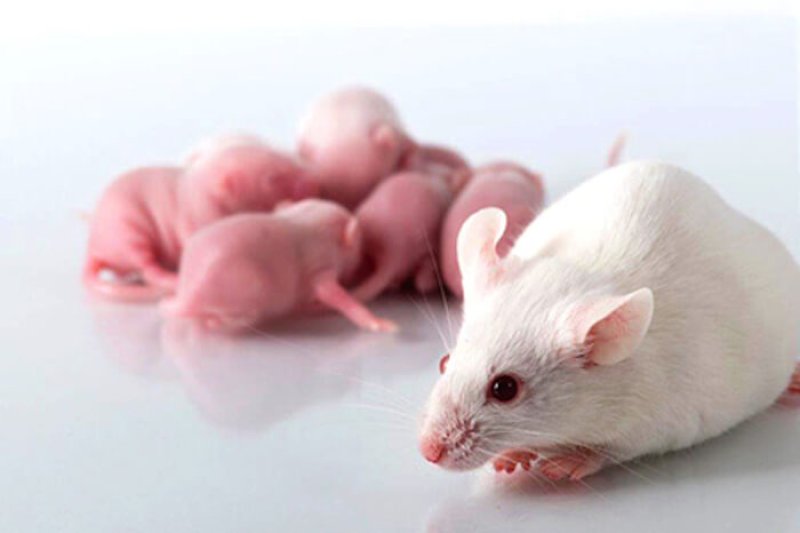The autism risk genes discovered to date are especially amenable to study in mouse models. Mice have analogous versions of these genes, and the autism-linked mutations within them damage or destroy protein function. Researchers can therefore model the functional effects of human mutations by disrupting the corresponding mouse gene.
However, mouse models have one clear limitation: They are not human. This may seem to be an obvious statement, and yet because we rely so heavily on mice to understand human genetic conditions, it is often easy to forget.
…
How can we make the mouse a better model of human brain development?
…
Multiple studies have identified uniquely human genetic changes that may have contributed to the evolution of the human brain.
In comparisons of genomic sequences across many species, two distinct classes of elements stand out in the human genome: human accelerated regions, or HARs, and human-specific gene duplications, or HSGDs.
…
Mouse models of HARs and HSGDs may thus provide a permissive, ‘humanized’ environment for studying the effects of autism-linked mutations on the developing brain.
…
The prospect of two steadily advancing fields of scientific discovery — defining genetic mechanisms that are uniquely human, and identifying those that are associated with autism — cross-pollinating in such a way is tantalizing. By combining these bodies of knowledge, we may come to better understand the uniquely human complexities of autism.
Editor’s note: James Noonan is associate professor of genetics at Yale University
Read full, original post: How to improve mouse models’ usefulness for understanding autism































